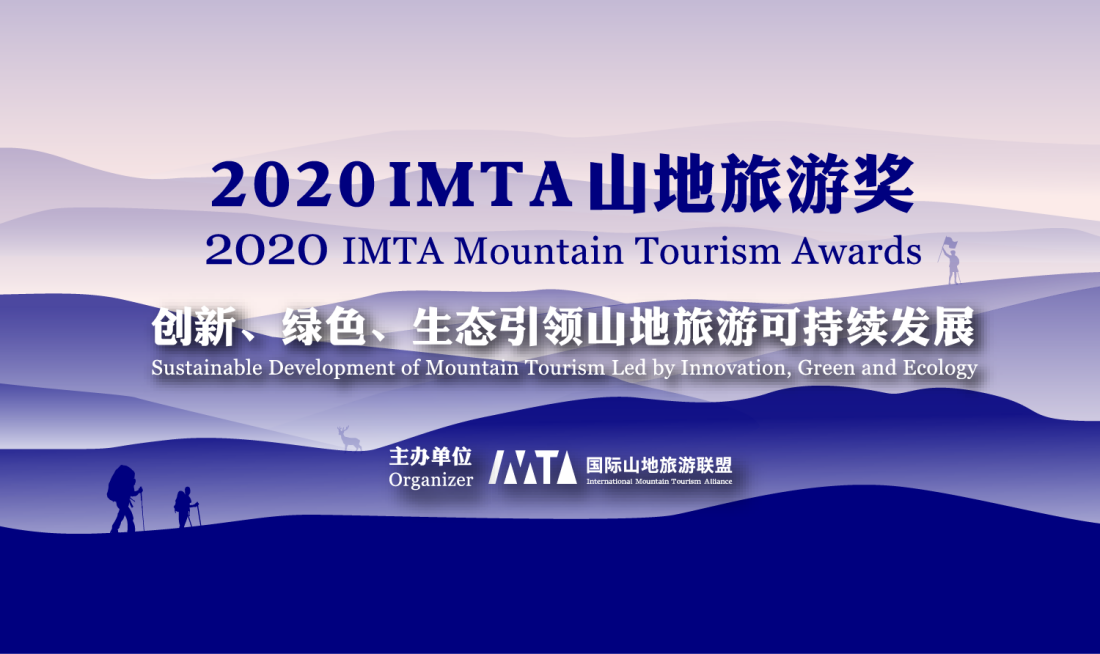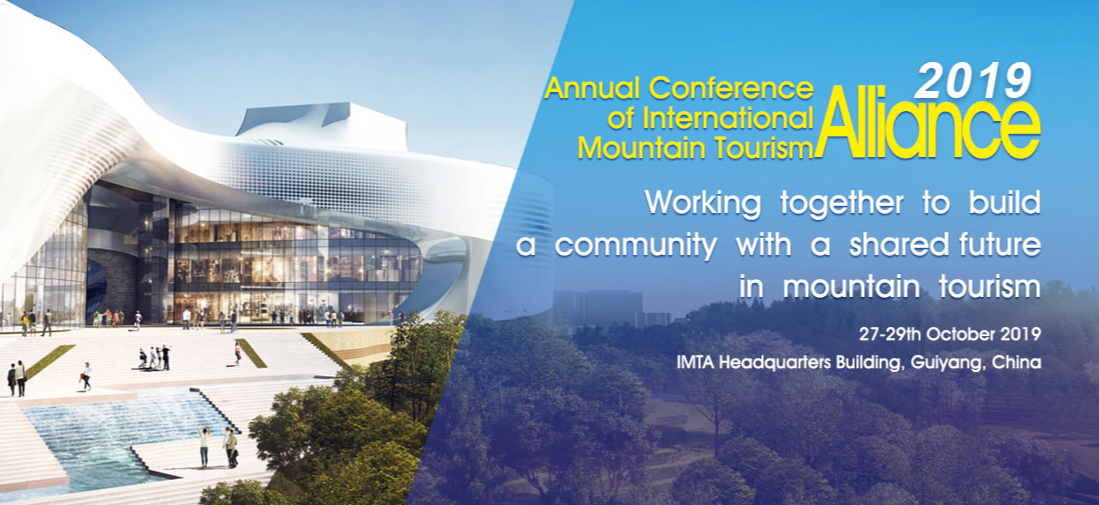Recently, the Zhuhai “Happy Nanwan Resort” project was officially signed with a total investment of approximately 400 million yuan. Scheduled to commence construction in the first half of 2026 and expected to open in 2027, the project aims to develop the Nanwan area into a regional cultural tourism complex integrating diverse business formats.
According to the plan, the resort will adopt an overall layout structure of “one core, two rivers, two streets, four parks, and multiple nodes.” The “one core” refers to the visitor service center located in the heart of Nanping Town. The “two rivers” will develop the Hongwan Creek into a distinctive water-based economic industry chain and transform the section of Qianshan River between Nanping Bridge and Changsheng Bridge into a vibrant waterfront zone. The “two streets” encompass the historic cultural districts of Nanping Village and Beishan Village, slated for protective development. The “four parks” will feature themed zones dedicated to ice and snow activities, agriculture, family entertainment, and trendy leisure experiences.
Notably, the “Joyful Snow World” ice and snow theme park—one of the “Four Parks”—opened first at the end of September this year, reportedly welcoming over 10,000 visitors during the National Day holiday. Additionally, IP operators like Little Yellow Duck Deying Cultural Tourism will participate in developing the “Joyful River Valley” park, focusing on creating family entertainment and mountain leisure projects.
To enhance overall connectivity and visitor experience within the area, Xiangzhou District plans to launch micro-circulation bus routes connecting attractions and commercial zones. It will also explore establishing a “Happy Nanwan” consumer points system, allowing visitors to accumulate points through spending and redeem them for exclusive regional discounts.
By integrating existing resources in the Nanwan area and introducing new business formats, this project is expected to further strengthen Zhuhai's cultural and tourism aggregation capabilities within the Guangdong-Hong Kong-Macao Greater Bay Area.
Editor Ⅰ: Zhang Congxiao
Editor Ⅱ: Bao Gang
Editor Ⅲ: Liu Guosong














